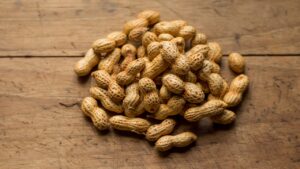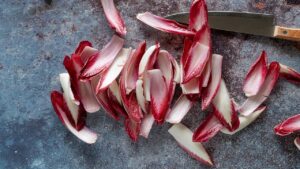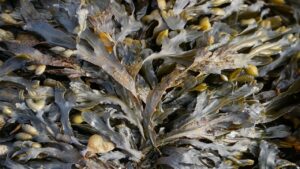8 Particular Legumes You Probably Don’t Know but You Should Eat Instead
Legumes represent a panacea for health, thanks to the numerous beneficial properties they bring to the body. With high protein, fiber, vitamin, and mineral content, these foods are a valuable source of nutrition and essential for a balanced diet. We’re introducing 8 rare, unique, and ancient legumes to add flair to your meals. Including these in your weekly menu diversifies your diet and brings satisfaction through their rich nutritional profile.
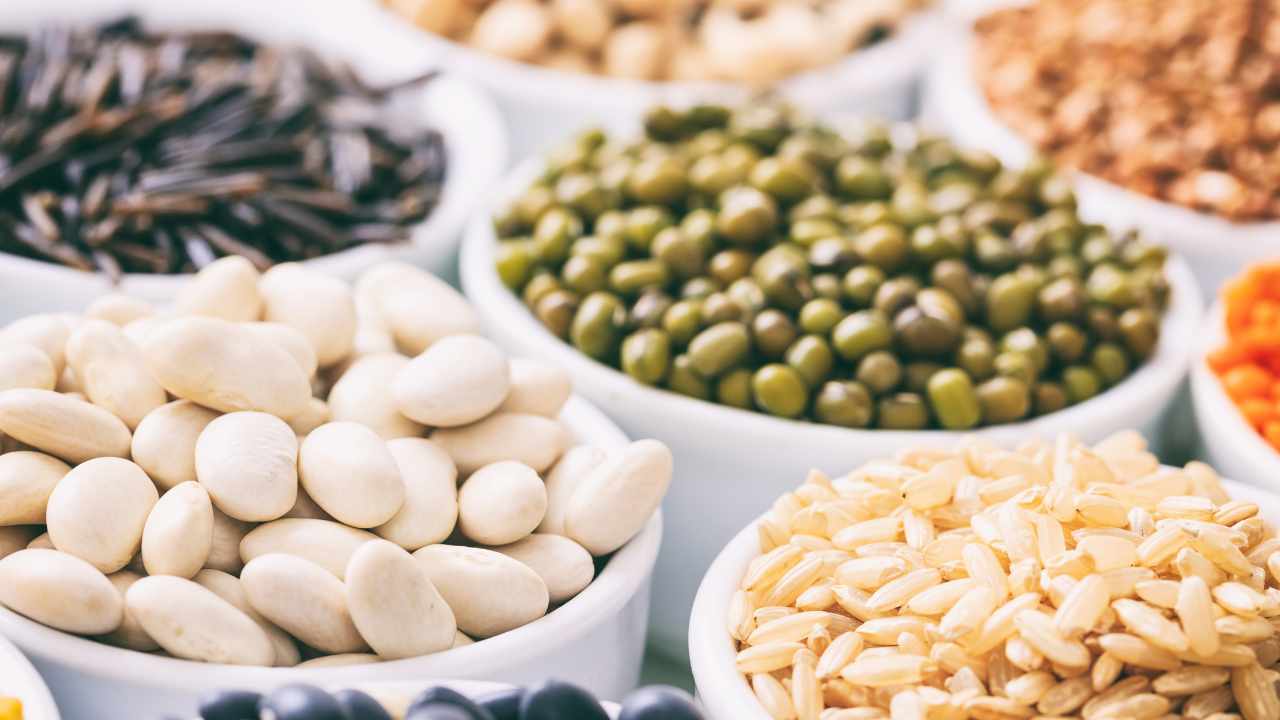
8 rare and precious legumes to include in a balanced diet
Lupins
Ancient legumes with roots tracing back to ancient Egypt and Greece, offer a wealth of proteins, fiber, and minerals like calcium and magnesium. Perfect for snacking or as an appetizer, they provide only 257 kcal per 100 grams.
Hulled broad beans
Very versatile and nutritious legumes. Rich in protein, fiber, folic acid, iron, potassium, and vitamin K, they offer a wholesome nutritional package. Enjoy them raw, perhaps paired with pecorino cheese, or use them in soups, salads, and first courses.
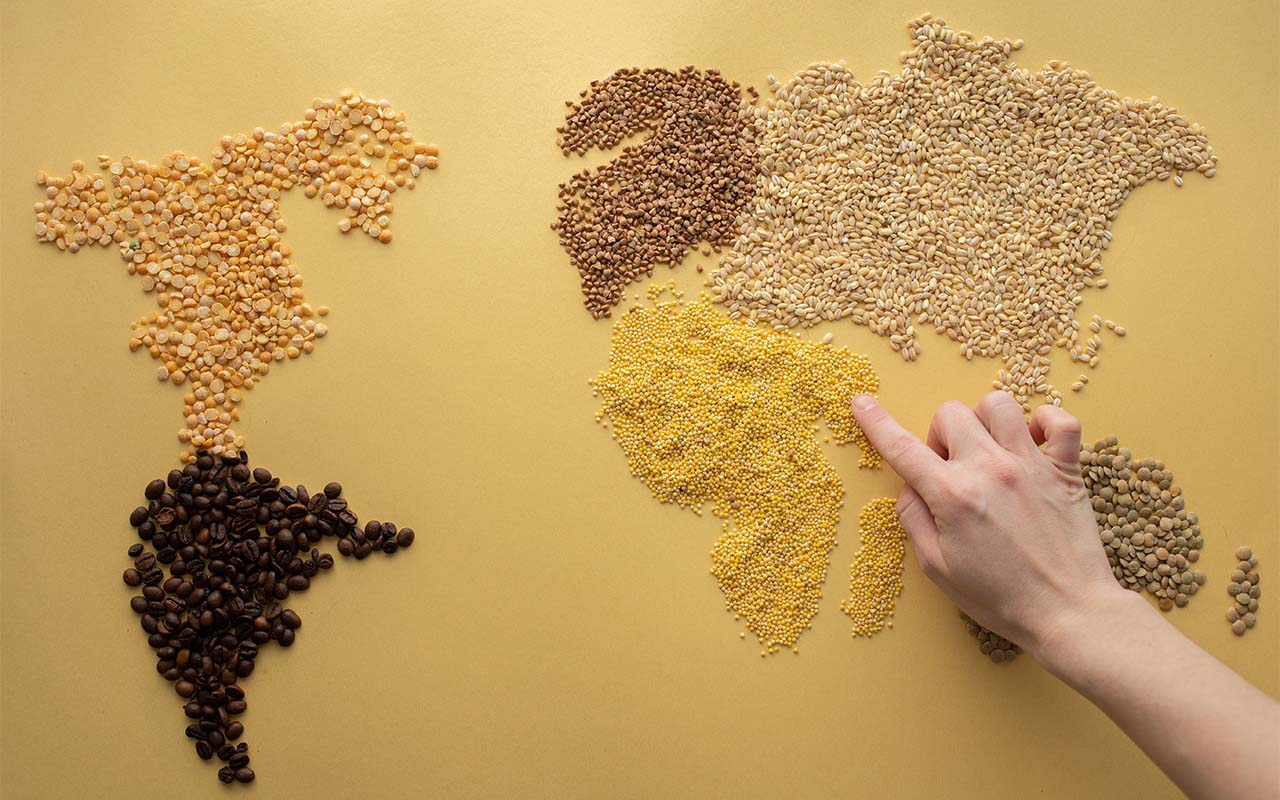
Black chickpeas
Rare and distinctive legumes with origins in Mexico, they boast a dark color and a slightly sweet flavor. Packed with fiber, protein, vitamin A, iron, and manganese, they offer a nutritious punch. Versatile in usage, these chickpeas can enhance soups, salads, and find a place in traditional Mexican dishes like tacos.
Edamame beans
Soy-based legumes are often consumed in Japanese cuisine and are a protein-rich and fiber-packed option. Enjoy them as a healthy snack, or add them into dishes like salads, soups, and pasta.
Azuki beans
Dark red legumes originating from Japan and China, are loaded with proteins, fiber, and essential minerals like potassium, iron, and magnesium. They are often used in traditional desserts like dorayaki or red bean paste.

Peas
Ancient legumes are very common in the Mediterranean and boast richness in proteins, fiber, iron, and vitamin A. They are ideal for those on a diet with a caloric content of 296 kcal per 100 grams due to their high nutritional and satiating power.
Carobs
Legumes with a naturally sweet flavor, are superb sources of fiber and antioxidants. They are often transformed into flour, used as a natural thickener, and feature prominently in sweets and desserts. Additionally, carob is often used as a cocoa substitute, offering a unique and delightful twist to various culinary creations.
Tamarind
An exotic legume with a sweet, sour, and spicy flavor, primarily cultivated in Asia and Africa. Packed with vitamin C, potassium, magnesium, and fiber, tamarind is a versatile ingredient used to enhance the taste of both sweet and savory dishes, drinks, and desserts.
